Conversation with the musicologist Maestro Stefano Trevisi on soundtrack and archetype.
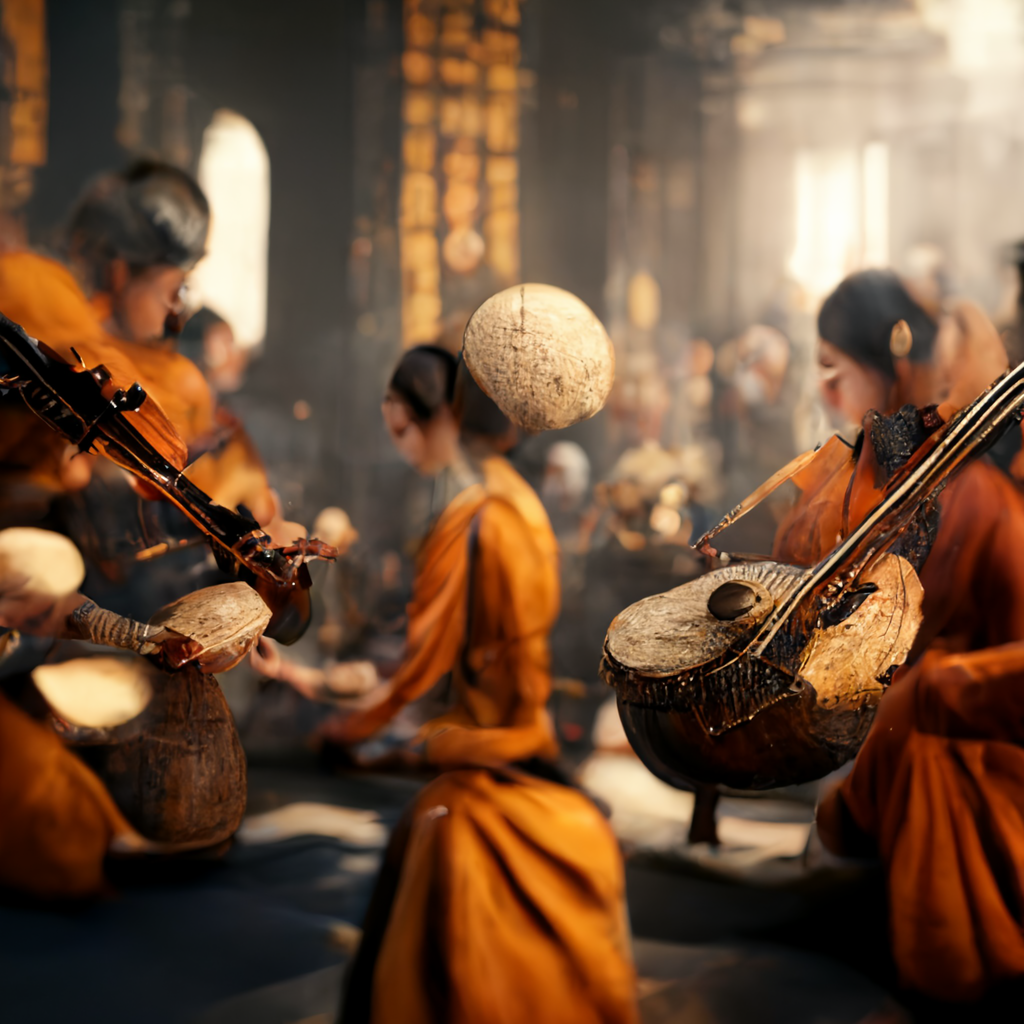
How can we define the archetype in music?
First of all Joe thank you for inviting me to have this chat with you on a topic that particularly involves me and that we have been sharing for many years as a common reflexion.
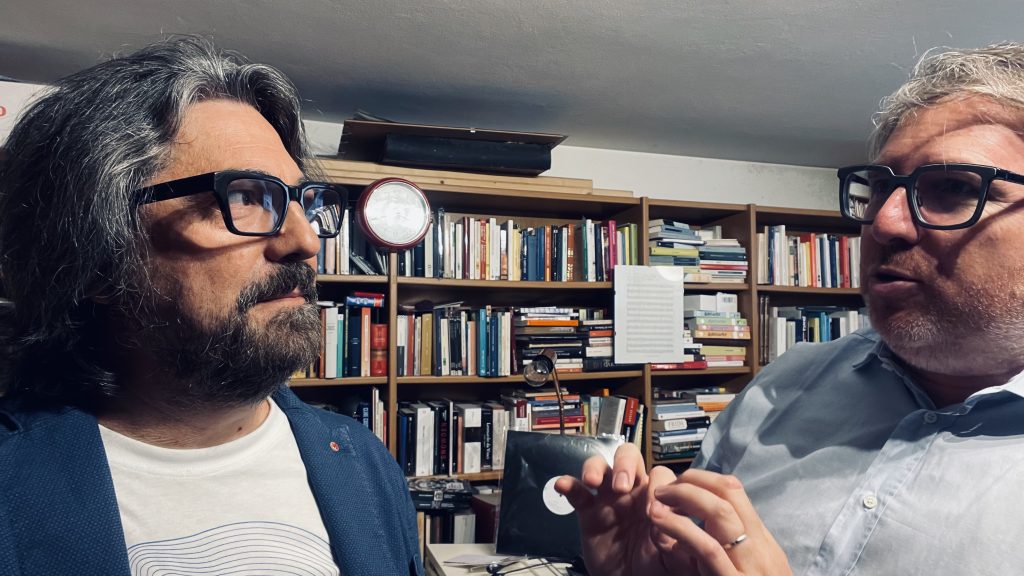
I would start from the very definition of “archetype” which in its general meaning refers to a model, to a form. Clearly the definition thus taken in general finds its etymology in ancient Greek, being the resultant of arché which refers to the original principle and typos which is a term that has a large number of meanings (as often happens in this language) but which in the most common meaning is that of a model.
Surely your question refers to an archetype that is much more articulated in meaning and in particular alludes to the Jungian analysis that identifies in the archetype that primordial idea belonging to man understood as a community.
Archetypes are truly primitive principles.
They are principles that transcend culture, symbols of every cultural individuality and represent what Jung identified in the “collective unconscious”.
In music it is possible to identify two directions of archetypes, one determined by aesthetics and the other by signs and forms. I believe that the area of signs and forms is the most difficult area to identify and consciously represent in the composition phase, as it requires the musician to have a strong care and precision that are always the result of careful study and research. We can see and experiment in large numbers of examples, starting also from macro signs such as ancient ways and oriental ragas – where we can grasp the archetypal connections through the texts that describe their implications for man – up to micro signs that we can identify in a simple incipit of a Gregorian antiphon or in that jump in the attack of a Sufi melody that we also find in its geometric representation. for mathematical relationships, in the capital of a column in an ancient cloister, as indeed, Marius Schneider taught us with his research.
The musical archetype is revealed to the musician who first of all has a deep awareness of the contents and knowledge of sounds and who knows how to relate this universal sound with the sciences that can make it concrete in form. On the surface it seems very complicated; in reality when you are immersed you can only practice everything in a natural way.
The music in images, the soundtrack, almost always relates to the archetypal aspect, why?
Because it enters the heart of what it expresses. Attention, it does not describe it; I would say that it has the power to be able to “simulate” it as the ancient Romans intended, that is, “build, give life”. The question itself is as simple as it is articulated and complex because we run the risk of confusing the plans. I try to explain: if I listen to a composition that we can define as descriptive, while listening I can follow the path that the author makes me, the listener, take through the sound recognition of this fresco.
When we are faced with a musical archetype, for example, we experience a different thing,
it is precisely a transformation in which we are recalled, it is that passage that re-plays and truly brings about a transformation. a connection, a bridge. There is nothing romantic about this, quite the contrary. Certain octave jumps in some Bach keyboard works are bridges towards infinity; it is not a simple feeling; if you go and analyze them in that context they are different from the thousand other octave leaps that you can find in his immense production.
So when music for images is perfectly responsive to the filmic sign, it has within itself that archetype that lights it up.
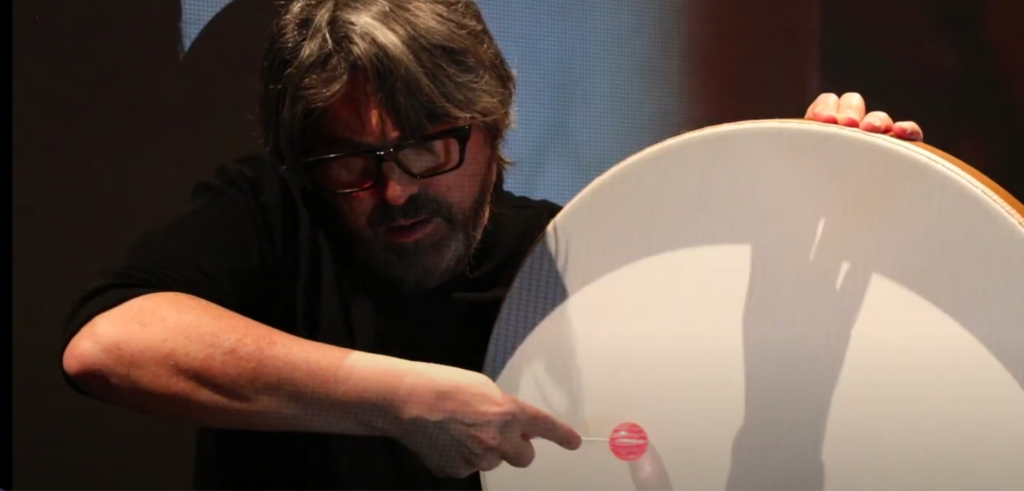
Many of the soundtracks are built on modal scales, can there be a correlation with the archetype?
Absolutely. Modal scales, or ancient scales, are very ancient and archetypal forms of our musical culture. Plato himself, in De Repubblica, classifies them by “characters” according to the feeling they could arouse by making use of them. Nothing different from what still happens in India with the use of ragas, their scales are used in the same way as the ways; I would dare to say that in India they are used in an even more precise and punctual way: there is the morning or evening ragas, spring or autumn up to specific day ragas. A real carpet of Sound for the soul.
The percussions used in the films are always significant, they can be Hans Zimmer-style combat, electronic or minimalist, but they always have great appeal, could this also have to do with the archetype?
Certainly the percussions and together with them also the wind instruments, represent the earliest instrumental expressions of man. From the skins and bones of the hunted animals, man draws instruments with which he decides to reproduce the nature that surrounds him, the sound of birds, the roar of thunder for example; he decides to reproduce a world in order to understand it and I do not say govern, but articulate in the thought and understanding of it. All this is very complex because not only is it interesting archaeologically but above all because the development of the system of symbolic perception with the real of man goes hand in hand with the development of language and musical language. Here we are talking about very powerful archetypes that triangulate language, music and brain. But this is such a vast and fascinating subject that I think a second chat with you will be needed to say that a second chat with you is needed.
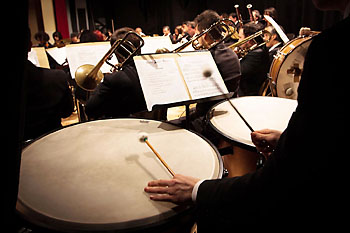
Today the soundtrack has opened up to new possibilities, the integration between music and sound design, sounds of reality “treated” and that become new sounds, or even objects that become instruments. Perhaps even more in the construction of these works is the archetypal aspect important?
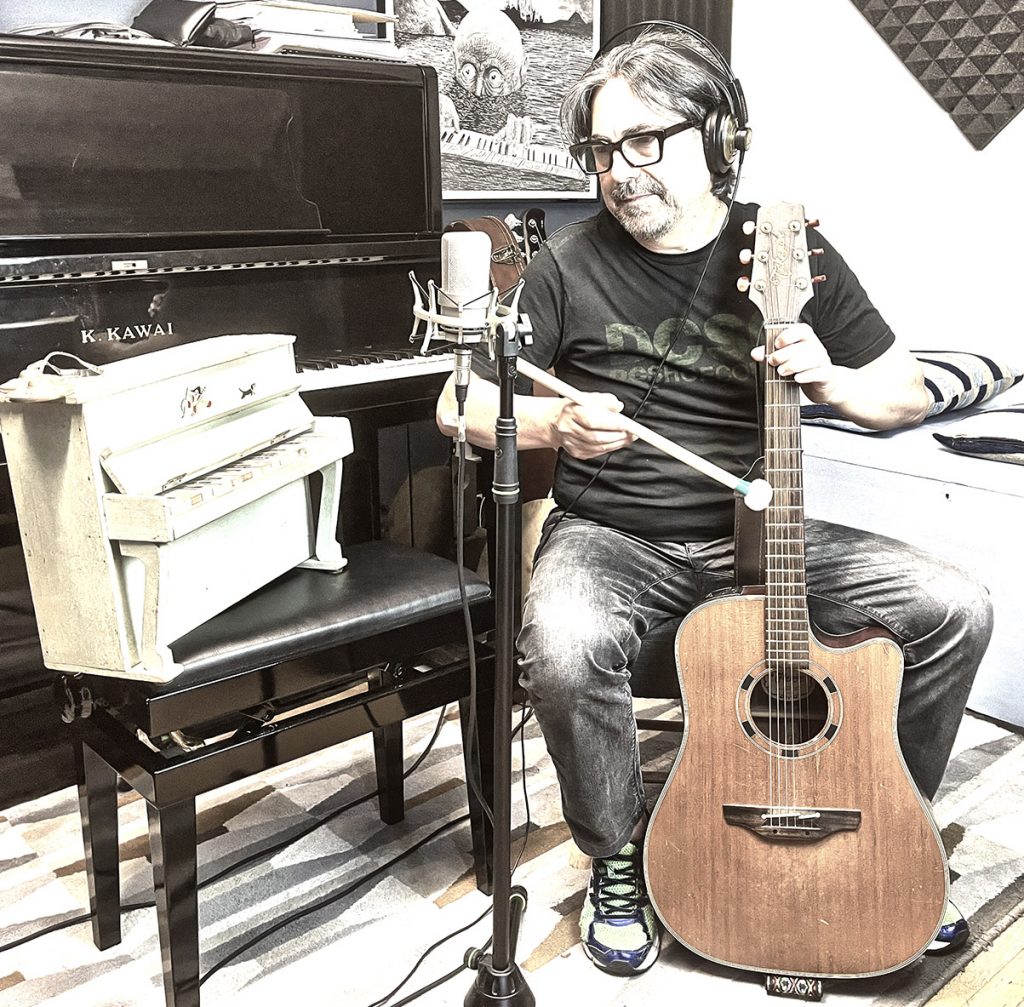
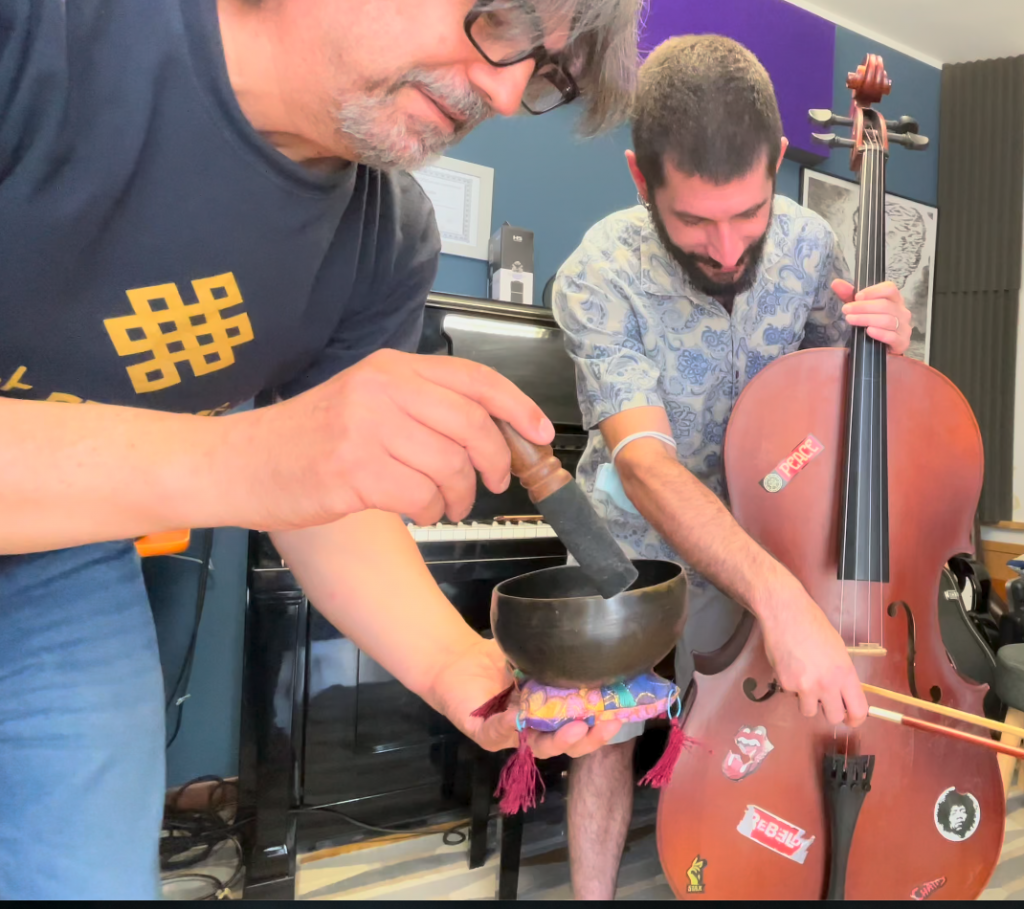
Absolutely. You are definitely right. Unfortunately, the work and studies of the American composer Murray Schaffer who in the last thirty years oriented his research and composition work towards the identification of soundscapes are still too little known. His works, his research and his articles identify precisely through an analytical use of certain acoustic practices an archetype of “sound landscape” that belongs to the human being.
Thanks Stefano Trevisi for this conversation, your vision on the subject opens up horizons of interest and I know for sure that it is only a glimpse that reveals an immense cultural world,
It was a real pleasure, Giovanni, to talk to you on such an important topic. I am only sorry that the conditions of time and space necessarily contained in an interview may not allow the theme of the musical archetype to enter the heart. But I sincerely hope it may have piqued curiosity.
Immersed in a Universe that resonates ..
We must not forget that we are immersed in a Universe that resonates (what Boethius identified as musica universalis) and we are the first musical beings in total and absolute vibration and resonance with this Universe. From Hindu doctrines to the works of Cage passing through the writings of Schneider and many other scholars, we can experience these sound archetypes that surround us; the fact of not being aware of it does not determine that we do not benefit from it, but awareness allows us to overcome the threshold. And this is certainly the most fun and challenging part of the trip. Have a good trip everyone.
Stefano Trevisi
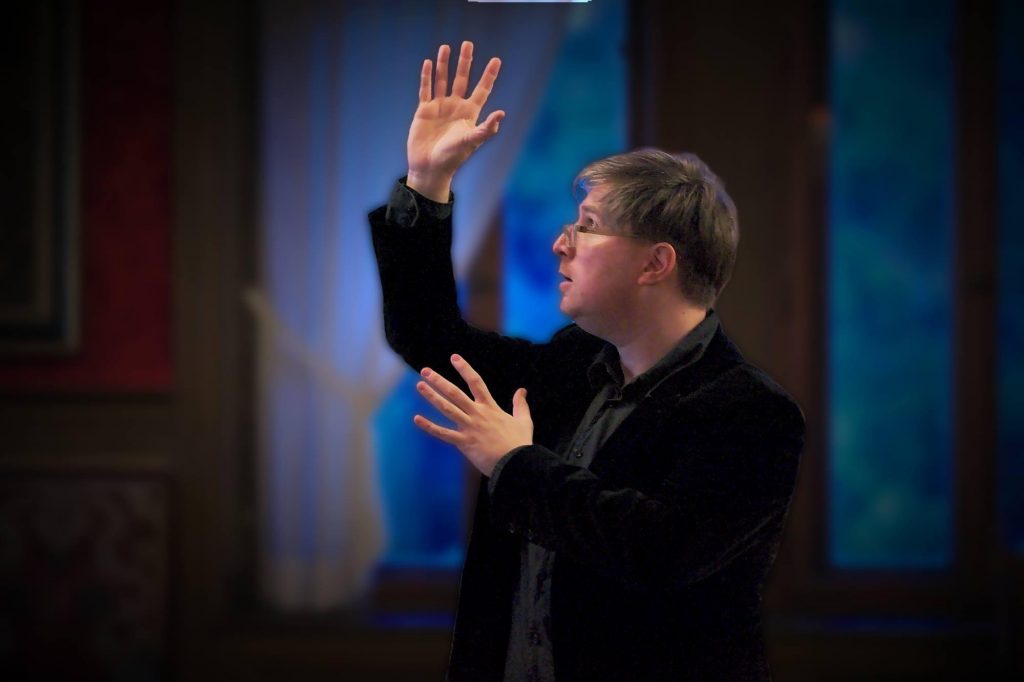
He graduated in principal piano at the “B. Marcello ”in Venice under the guidance of Professor Anna Colonna Romano.
He subsequently followed master classes in piano and chamber music with B. Lagace, J. Ph. Thiollier, G. Gorog and A. Meunier. He studied choir conducting with Primo Beraldo and Gregorian chant and sacred musicology and sacred Liturgy with Giulio Cattin. He undertook the study of the harpsichord under the guidance of Professor Paola Erdas.
He created and directs the Kalicantus Ensemble vocal group specializing in the performance of music from the 14th-16th centuries. He was responsible for the cultural page of the magazine Enos Veneto, in which he publishes research on the relationship between historical cuisine and the Renaissance arts. He curates radio programs dedicated to ancient music. He is the author of podcasts dedicated to the history of music. He is a member of the Trinity College London-Italy Music Academic Team.
Joe Schievano and Stefano Trevisi
All rights reserved